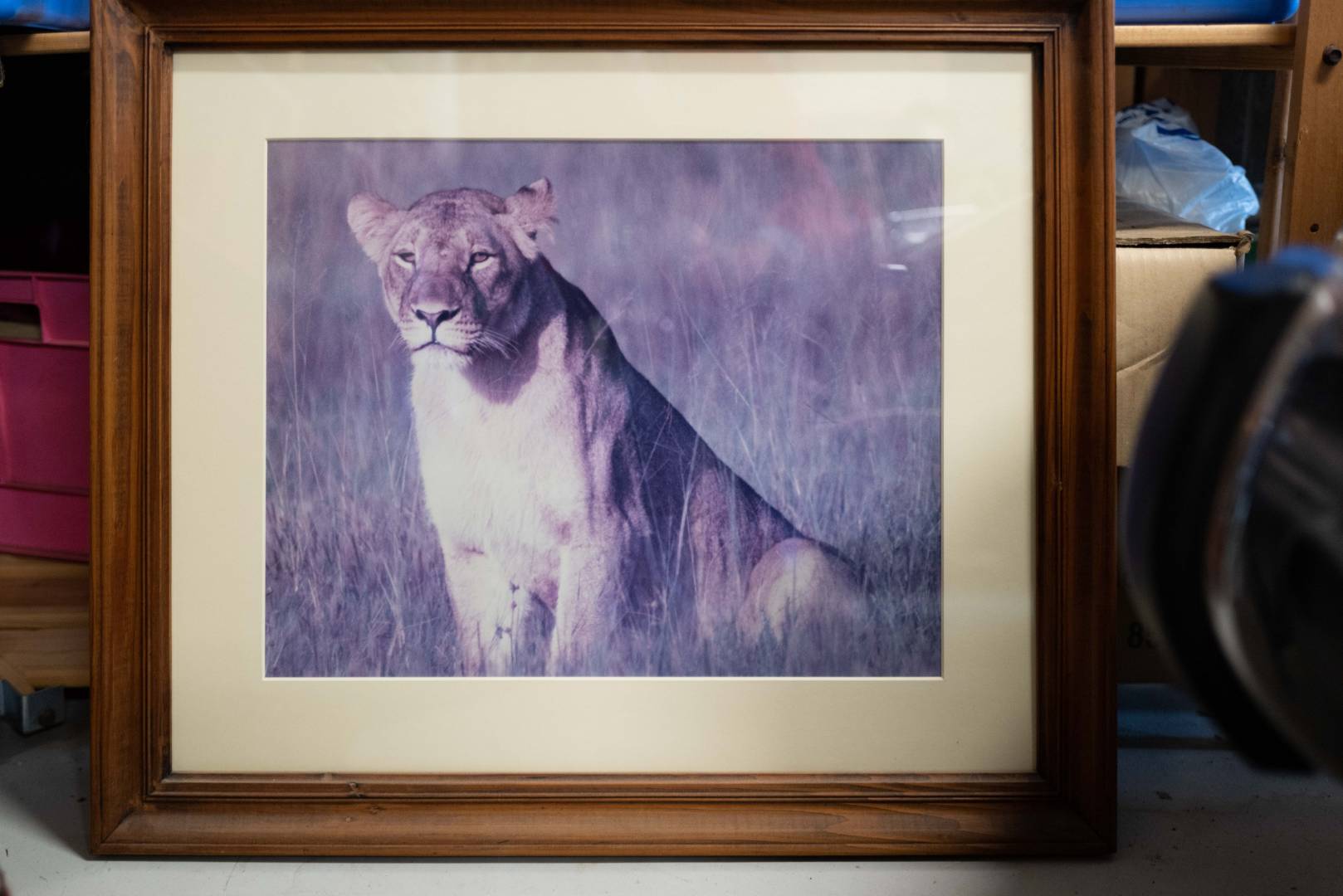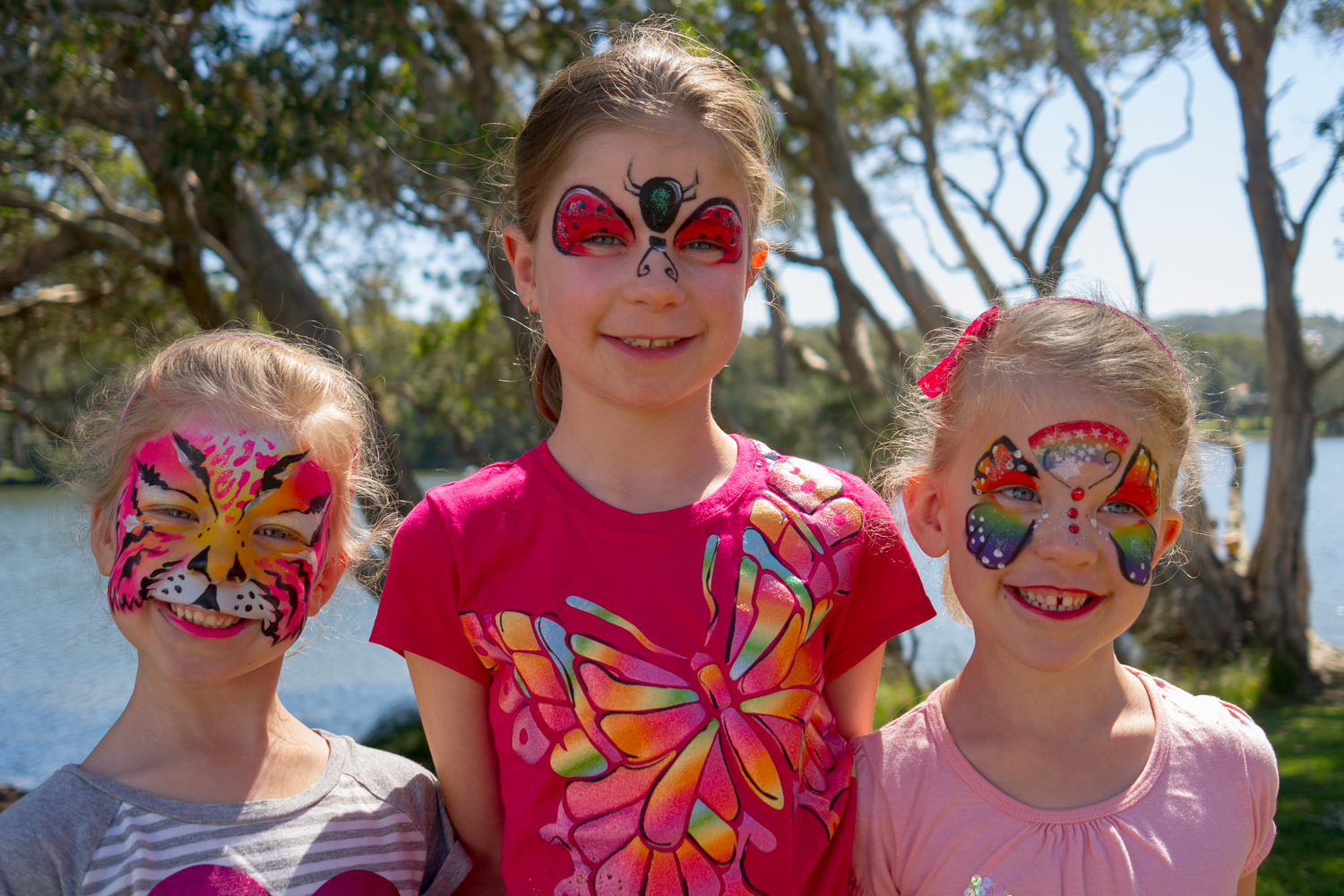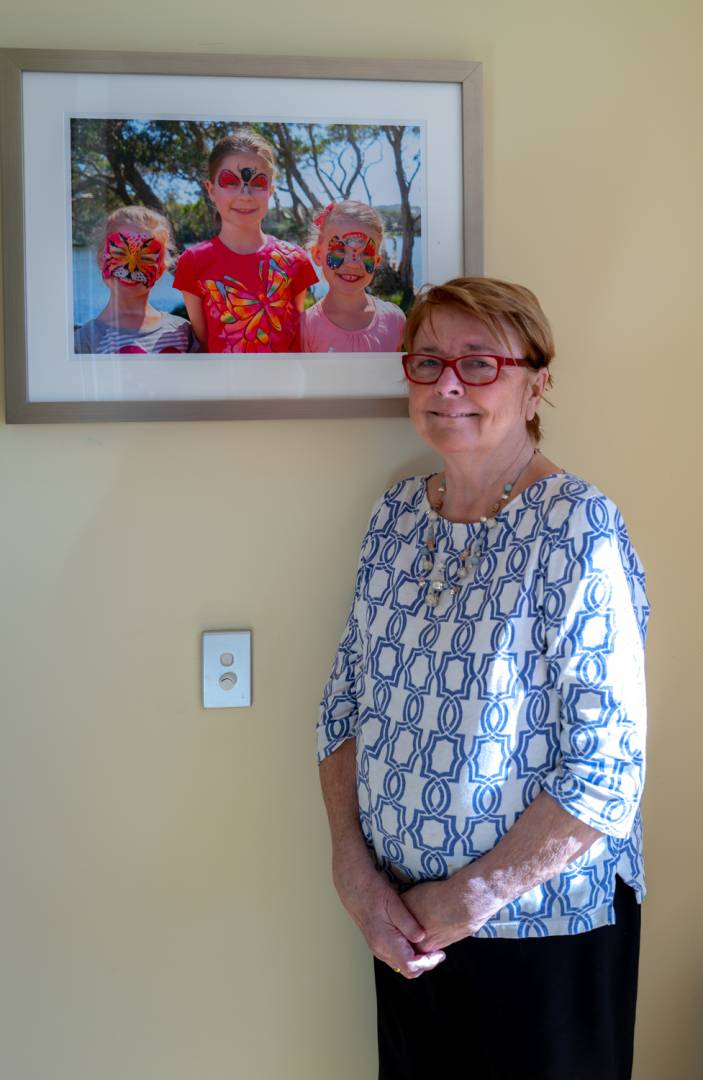I shot a lion in 1996 in Zimbabwe. Well, to be precise I shot a few lions and lionesses but I was not on some disgusting big game shooting safari. I was only shooting photos with an Olympus OM2 SLR.
For readers who only came into photography in the digital age, the Olympus OM2 is a classic film camera. It is small, well engineered and, in its day, a big seller. I purchased mine and a couple of lenses while on a business trip to Japan in 1979. In those halcyon days there were 350 yen to one Aussie dollar. It was a camera buyer’s paradise. Today there are only 75 yen to one Aussie dollar and the tables have totally turned.

Mirror gun
The trip to Zimbabwe was my first visit to a big game country. I travelled there via South Africa and in my hand luggage I carried my OM2 and a couple of Olympus lenses. However, in my checked bags was my secret big game weapon – a Vivitar 450 mm f/4.5 mirror lens. Vivitar was an American manufacturer, distributor, and marketer of photographic and optical equipment. Its products were very popular in the 60s and 70s. Much of the lens manufacturing was outsourced to Japan, however.
Mirror lenses have now disappeared, but in their day they offered the benefits of a long focal length with a wide aperture in a relatively compact package.
My 450 mm lens was about the size of a rather oversized 500 ml beer can. The benefits of mirror lenses were that they were relatively cheap and compact for their focal length. But they did have serious drawbacks. In particular, they were not crisply sharp, they were low contrast, the aperture was fixed although you could add a ND filter to cut down the light, and, lastly, the out-of-focus parts of a photo showed strange circular rings of light.
The trophy
Anyway, armed with my mirror lens I did manage to take some passable big game shots in Zimbabwe, including one picture of a lion which my wife and I considered worth printing and framing.
I used Fuji Velvia slide film and the printing was done using Fuji paper. I would like to show you the original slide but it is lost. In any case, I very much expect that it would be unusable as all my slides, other than Kodachromes, have not aged well.
Don Morley mentioned this long-lasting aspect of Kodachrome in Mike’s article on Kodak earlier this month. Last week I was looking at what could be a beautiful set of Leica-shot Velvia slides taken in the Victorian High Country here in Australia thirty years ago.
On a light box they look fine. But when I scan them they are marginally unsharp as the layers of dye seem to have run and merged at the edges presumably due the effects of time, heat and humidity.
The lion photo was printed to 480 x 370 mm and framed in a heavy, dark wooden surround and was proudly hung in a room of our townhouse in inner-city Sydney.
It was our Ernest Hemingway shot – without the elephant gun. It stayed there and then, when we moved to our new coastal house in 2008, it came with us and was hung in the living area. It did not fit in well. The ambience of the house is beach/seaside and other artworks in the living area are colourful and summery. But inertia took over and, although the framed lion was very visible and incompatible with its surroundings, we did not get around to displacing it for twelve years.
In that time it had faded and discoloured as a result of direct sunlight. About six months ago we agreed that it really was well past time for the lion to be set loose onto the plains of the local landfill and to be replaced with a more suitable photo. However deciding on a replacement was not easy.

We should have been spoiled for choice, with hundreds of photos from our travels as possible replacements. But even my Leica Mastershot travel photos did not meet the approval of the selection panel.
Unanimous decision
Finally, we made a unanimous decision and selected a photo taken in 2013 showing our three granddaughters, Poppy, Ellie and Scarlett, after they had their faces expertly painted at the local monthly Sunday markets.

The photo is colourful and joyful, it’s family and it has that vital ingredient which we sought – it suits the ambience of the house and its location. It was taken with my Leica X1 and it really is pin sharp.
A local lab has printed it at 500 x320 mm and it has been framed in a suitable metal surround. It now looks really good hanging in the same spot as the lion occupied in our living area. I was delighted that the file from the X1 printed so well at such a large size and, since making the print, I have had five of my favourite travel photos printed to the same size.
Nevertheless, after having done the printing, I then recalled that big prints work best when viewed from a distance. This factor essentially dictates that they should be on a wall where there is enough space to stand back to appreciate the perspective. So I now have a pile of big prints which have no natural home. Lesson learned: size is not everything. But at least we have a great framed photo on the wall to replace our faded lioness.

My last year in the military was the DARK CONTINENT, and I was unbelievably lucky and got to stay at TREETOPS, a watering hole for all game in that region of Kenya. Fantastic sights, sounds and smells. Those pics are in my memory and won’t loose them for a few more years yet! John thank you .
Deep in my store cupboard lurks a Russian MTO 500 mirror lens in its original wooden box with supplied ND filters neatly included in the fitted container. They also made a 1,000 mm version, but I had no need for that monster.
John, you mention unusual bokeh circles. They were known at the time as ‘doughnuts’ and characterized the design and performance of mirror lenses. I believe Zeiss made some and maybe others, probably from Asia.
Mirror lenses were known as CATs (quite appropriate for lion pictures), based on the catadioptric design of mirrors and lenses.
Your replacement framed print of the Lionesses gets my ‘thumbs up’, John.
David , I also once owned a Russian MTO mirror lens but in my case it was the “big bertha “1,000mm version which also came in a lined with wooden box with a full set of filters. I will try and find some photos taken with it and if the slides are in a fit condition for scanning I will write a Macfilos story on it.
Just think: there was a life before X1 !
Thank you, John, what a wonderful article. I turn my favourite images, no I will rephrase that, I turn the images that Liz favours, into canvases that hang in the dining room or other places in the house as a constant reminder of those wonderful moments. That way adhering to your view that they should be seen, and not stored away.
I do like the big cat image, but like Farhiz above, I prefer the lionesses, it ticks all of those things I look for, People, fancy dress and having fun – perhaps that is why I feel like I am missing out without any events this year. People are where the fun is.
At least you have a photo of the photo of the lion. But the three lionesses get my thumbs up.